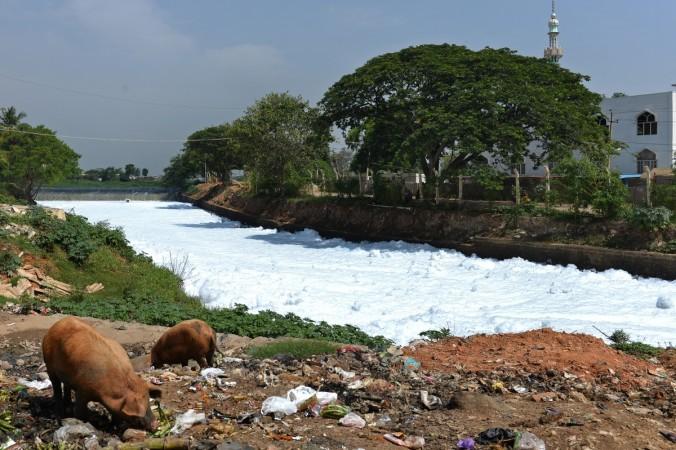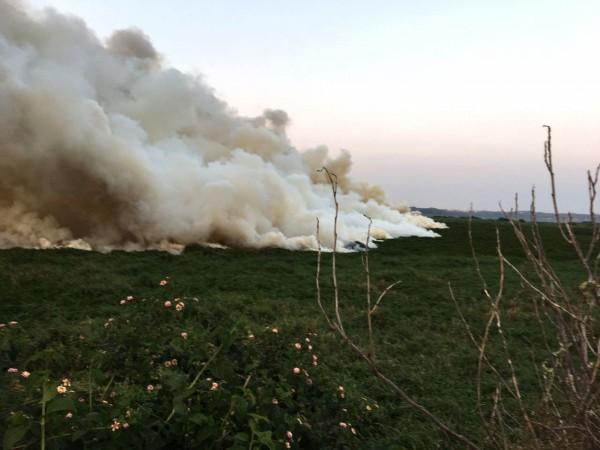After a series of major fire and froth at the infamous Bellandur Lake, the civic administration bodies have now decided to desilt the whole lake and save the water body from more pollution.

Bangalore Development Authority (BDA) has planned to desilt the lake in 2020 following a proposal by the National Green Tribunal and a committee headed by former SC Judge N Santosh Hegde and Professor TV Ramachandra of Indian Institute of Science (IISc) to rejuvenate the lake.
According to reports, nearly seventy gallons of toxic waste gets released into the lake. Even though a few sewage treatment plants (STP) were installed to treat the polluted water nothing much has changed for Bellandur, which is still fuming and frothing.
Additional Chief Secretary of urban development department EV Ramana Reddy on Wednesday (November 13) inspected Bellandur and Varthur lakes along with the officials from Bruhat Bengaluru Mahanagar Palike (BBMP), Bangalore Water Supply and Sewerage Board (BWSSB) and BDA to review the conditions of Bellandur and Varthur Lakes.
The desilting process
BDA is looking up at the desilting process and where the removed silt will be dumped as it should not violate the NGT guidelines. They are also preparing a detailed project report (DPR) for the process.

Professor TV Ramachandra from Centre for Ecological Sciences, IISc and a part of Energy and Wetlands Research Group in an earlier interview with the International Business Times, India had said that desilting can save the water body from contamination and further boost storage capacity of the lake.
He said that Desilting of lakes, watershed management, recycling and reusing of wastewater should be implemented widely by the government rather than chasing wrong policies as the Silicon Valley is already facing an acute water crisis which will worsen in the coming years.
According to research in Bellandur, food samples taken from the area including fish, spinach and mint had the presence of heavy metal in them. This can affect human health in the form of cancer or kidney failure
In 2015, an overseeing authority named Karnataka Lake Conservation and Development Authority (KLCDA) was created to monitor the illegal activities going around the lake area. But the understaffed agency was unable to do much. The residents in Bellandur area also formed a group to oversee the issues and to make people understand about the problems that could happen if it is not sorted out soon.
Karnataka government had also invited professionals from the United Kingdom and Israel to solve this issue. Bellandur Lake is the largest lake in the city that was once used by the locals for their daily needs. But now the lake has severely polluted and dumping of wastes into the lake have made it toxic resulting in the lake catching fire. It has also resulted in the formation of a foam-like substance on the surface of the lake.

















